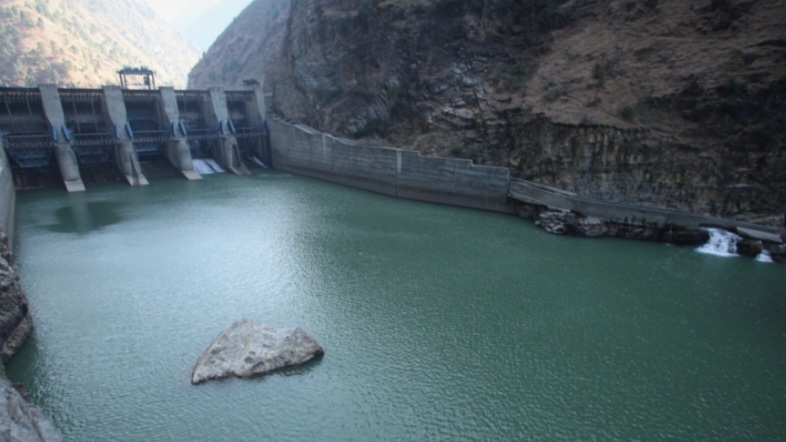Satluj’s Silt Surge: IIT Roorkee Flags Flood-Driven Risks and a Hidden Opportunity
A decade-long study by IIT Roorkee has sounded the alarm over rising silt levels in Himachal Pradesh’s Satluj River basin, revealing a troubling pattern of sediment build-up that threatens roads, bridges, and nearby towns. Commissioned by NTPC, the research spans 2014 to 2024 and shows that while the riverbed remained relatively stable until 2021, the floods of 2022 and 2023 triggered dramatic changes in the river’s landscape.
Using advanced satellite data and remote sensing tools, researchers divided the basin into three zones—Tattapani, Sunni, and Chaba. The numbers are stark: in 2023 alone, the Satluj saw a record 2,861 million cubic meters of spillage, with silt concentration peaking at 7,120 ppm. This sediment overload forced NTPC to shut down Kol Dam operations for the first time on July 11, 2023.
The impact on infrastructure has been severe. The Thali suspension bridge, the Shimla-Mandi highway, and bridges in Tattapani and Sunni have all suffered repeated damage. The Public Works Department estimates repair costs at ₹29 crore for roads and ₹8 crore for the Thali bridge alone.
Yet amid the concern, the study also uncovered a silver lining. Silt deposits near Sunni are rich in material suitable for construction. NTPC has proposed regulated mining of these deposits—not only to manage water levels but also to unlock economic value. The company is ready to issue a No Objection Certificate to the state government to begin mining operations.
The findings underscore a dual reality: an urgent environmental challenge paired with a chance for sustainable resource use. As Himachal grapples with the fallout of extreme weather, the Satluj’s silt may hold both the problem—and part of the solution.



